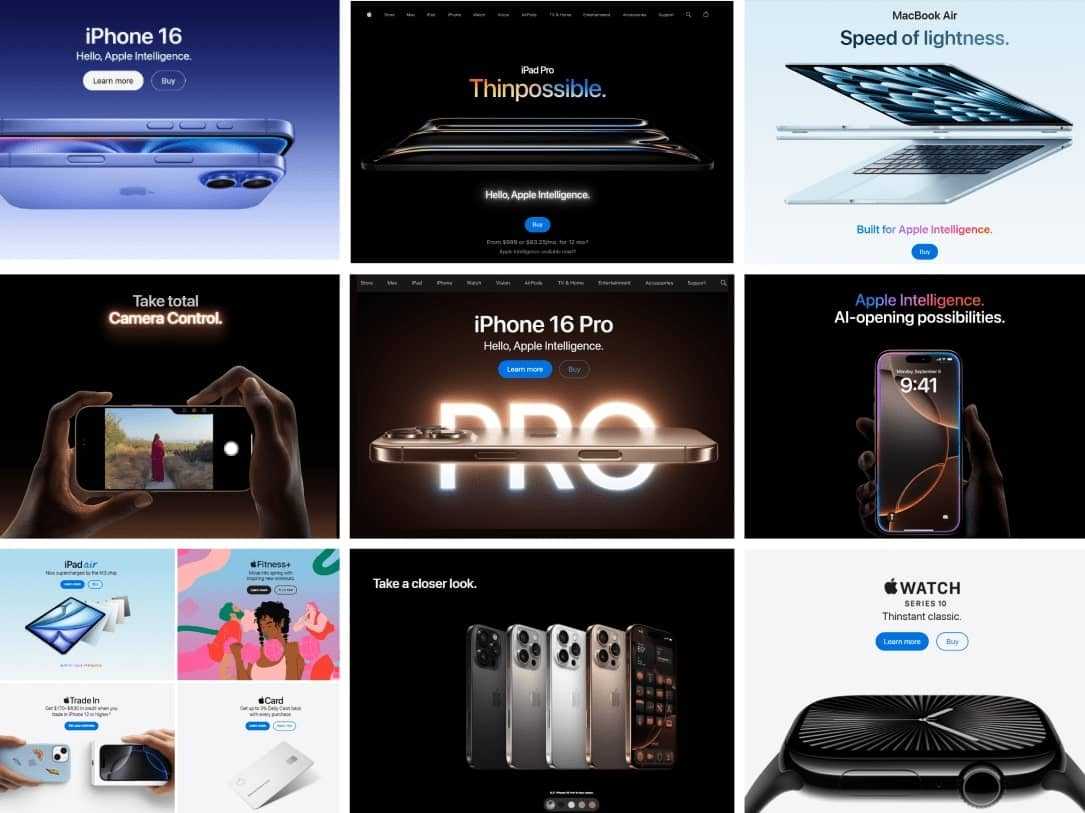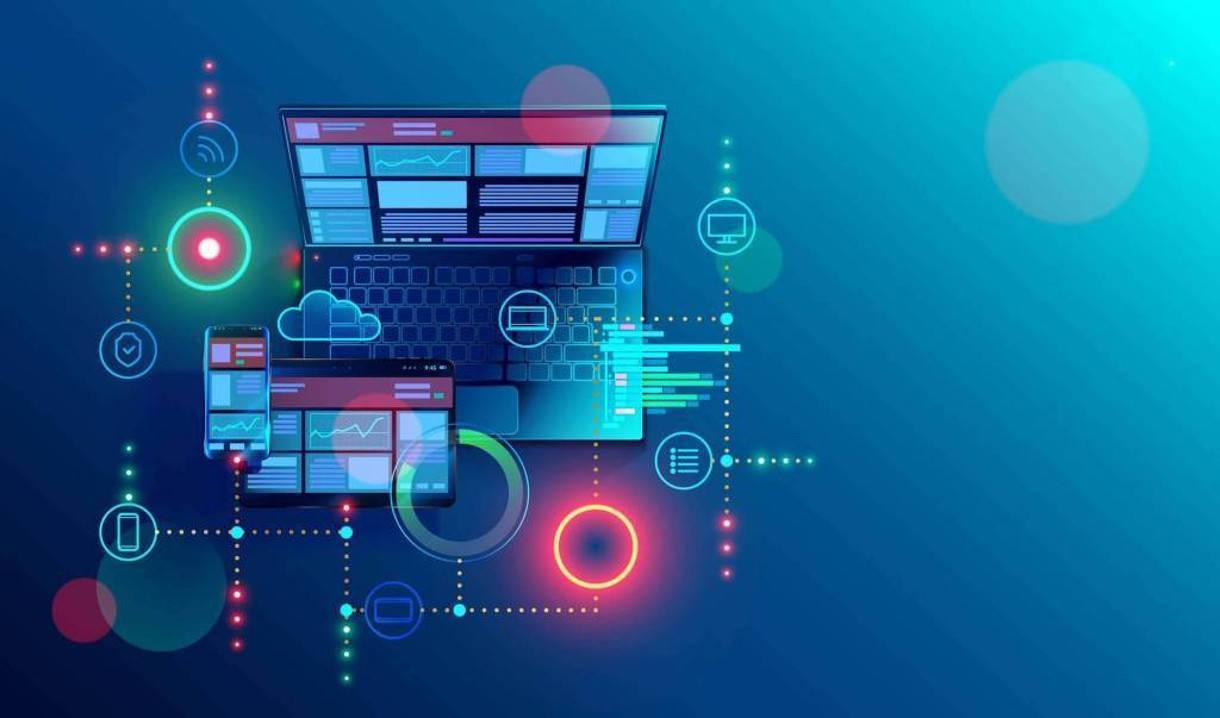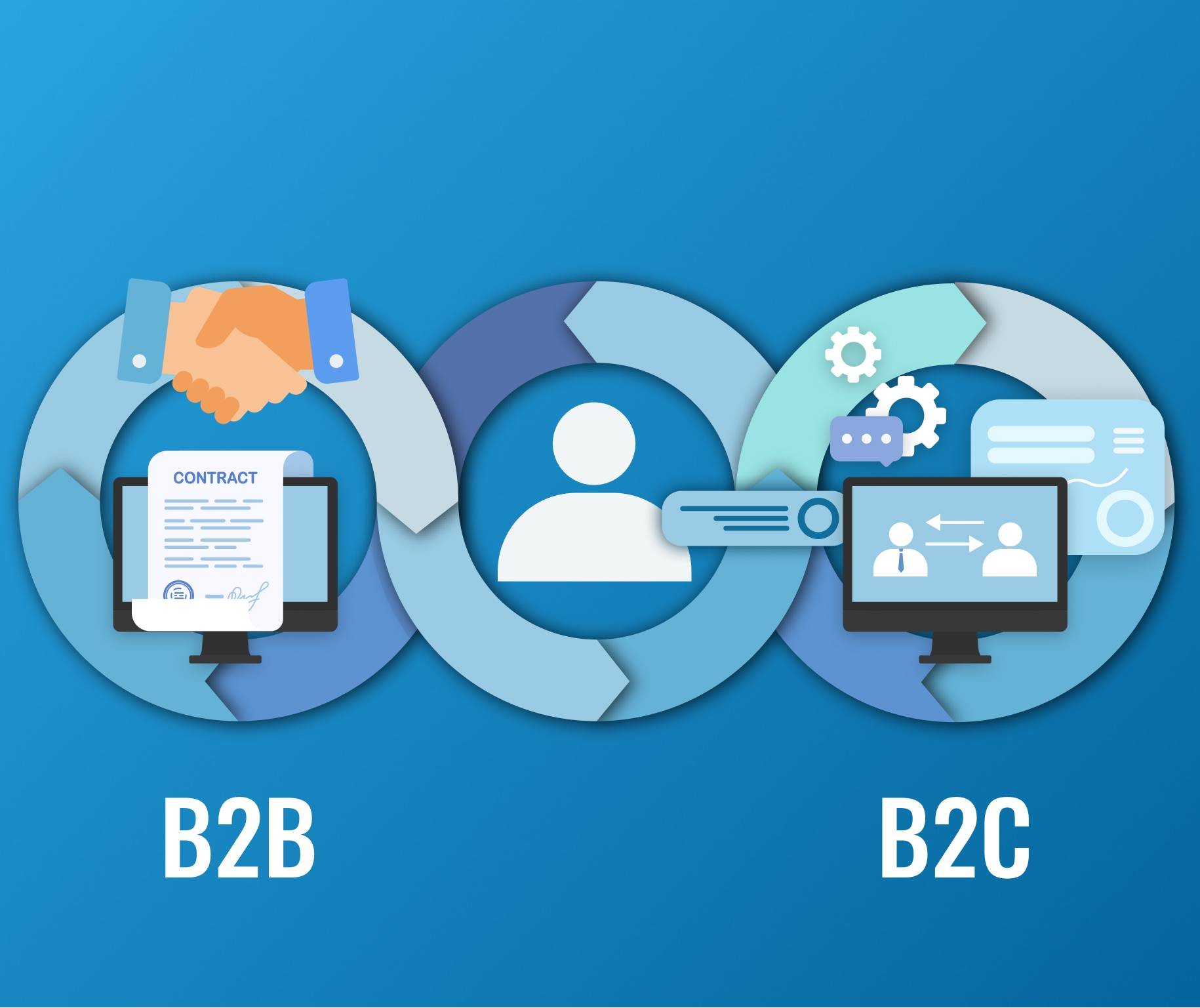

How the B2B Customer Journey Compares to B2C Customers
A map of customer touchpoints across various marketing channels for business-to-business (B2B) enterprises looks quite different than the map of a typical customer journey for business-to-consumer (B2C) companies selling products or services directly to consumers.
There are a number of reasons for these differences. First, B2B companies presume a longer and more complex sales cycle due to the nature of their solutions. Their buyers, who may be spending many thousands of dollars, if not millions, rarely make quick or impulsive purchase decisions.
Meanwhile, B2C marketing is all about speeding prospective customers to the finish line where they can complete one-time transactions. More often than not, B2C consumers want it, find it, and buy it in a matter of minutes or hours, or at most a couple of days–compared to the typical weeks, months, or sometimes even years that B2B companies require to close each sale.
Visualizing and comparing a map of customer touchpoints for B2B and B2C audiences requires an understanding of the core offerings and how prospects behave when they reach various stages of the marketing funnel.
Here we outline how to discover that information and capitalize on the opportunities within the non-linear, multichannel customer journey for B2B marketing versus the more direct and linear journey of B2C consumers.
What is a Customer Journey?
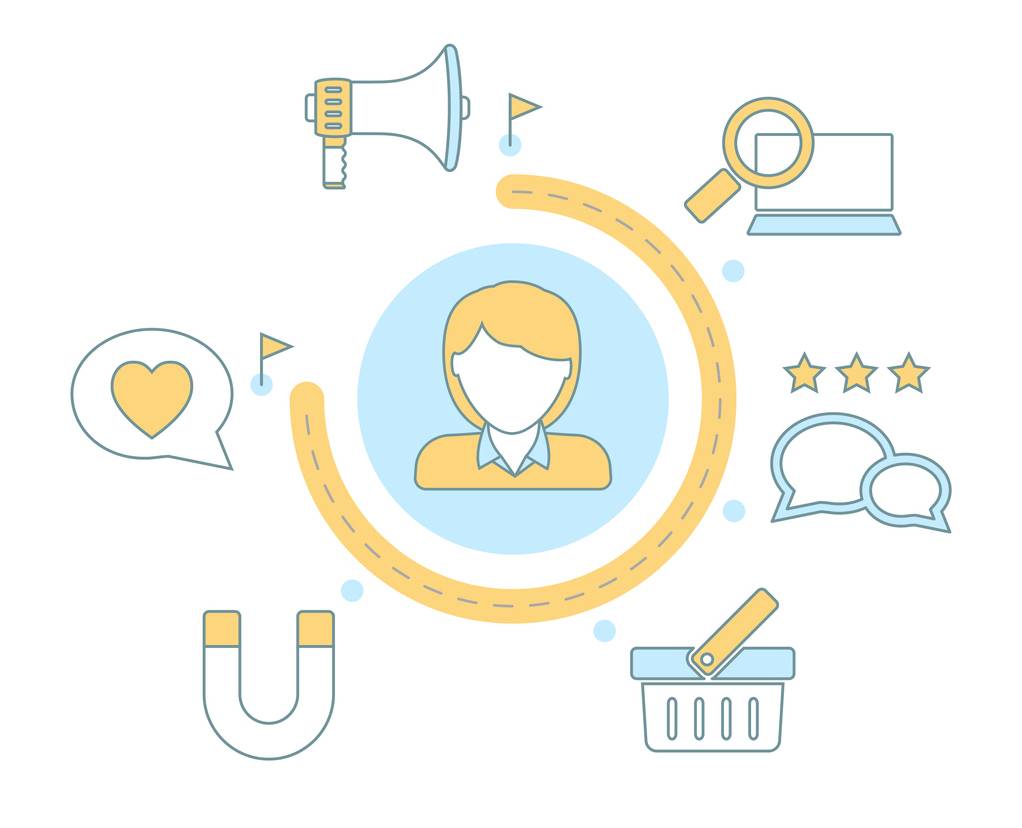
Customer journeys (sometimes referred to as “buyer journeys”) map the various opportunities for a potential customer to encounter and interact with your brand. This common exercise helps brands step into their customer’s shoes and experience their marketing from the customer’s perspective, which helps brand strategists gain insights, think creatively about campaigns, and identify opportunities for engagement and increased sales.
A thorough customer journey will tell you the story of each customer's experience with your brand across all touchpoints, which basically means all the places where customer interactions can possibly occur. Knowing these touchpoints, and making sure your brand presence funnels your audience to good customer experiences at each juncture, is critical to the successful growth of your business.
As you can imagine, in the digital world there are quite a large number of possible touchpoints along the customer journey–including the internet, social media, email, and various other digital channels. Typically, it takes several interactions with your brand before a purchase will take place. Based on those interactions, customers often form their impressions of a brand and their opinions about the product or service.
That’s why identifying and mapping your customers' digital touchpoints makes it easier to position your marketing to build brand loyalty and increase the quality of the customer experience. When you map your customer journey across multiple channels and see how they interconnect, it helps you better understand customers and how your marketing efforts can meet their expectations.
Benefits of Customer Journey Mapping
In a world where prices and products are no longer enough to set you apart, a lot of B2B and B2C companies seek to elevate their customer experience to stand out amongst competitors. But before you can deliver an exceptional customer experience, you need to map out what that experience looks like.
A customer journey map can help you achieve the following with your marketing efforts as you connect with potential customers:
- Uncovering high-converting marketing channels and touchpoints
- Aligning products and services across departments
- Improving customer experience (removing pains and frustrations)
- Improving customer loyalty and engagement
- Improving retention and contract renewals
- Reducing marketing costs by eliminating wasteful spend
- Improving brand reputation and key messaging
- Tailoring content to support each distinct stage of the customer journey
- Creating a common language between sales, marketing, and product teams so each can focus on their contribution to revenue
- Repeating the actions that successfully drive your revenue, and removing inefficiencies or low-return activities
In the end, a customer journey map helps you identify your company’s high-level capabilities and uncover what changes need to be made among the people, processes, and systems in order to deliver the ideal customer experience, positively impact revenue, and more frequently outperform your competitors.
Understanding B2B vs. B2C Sales
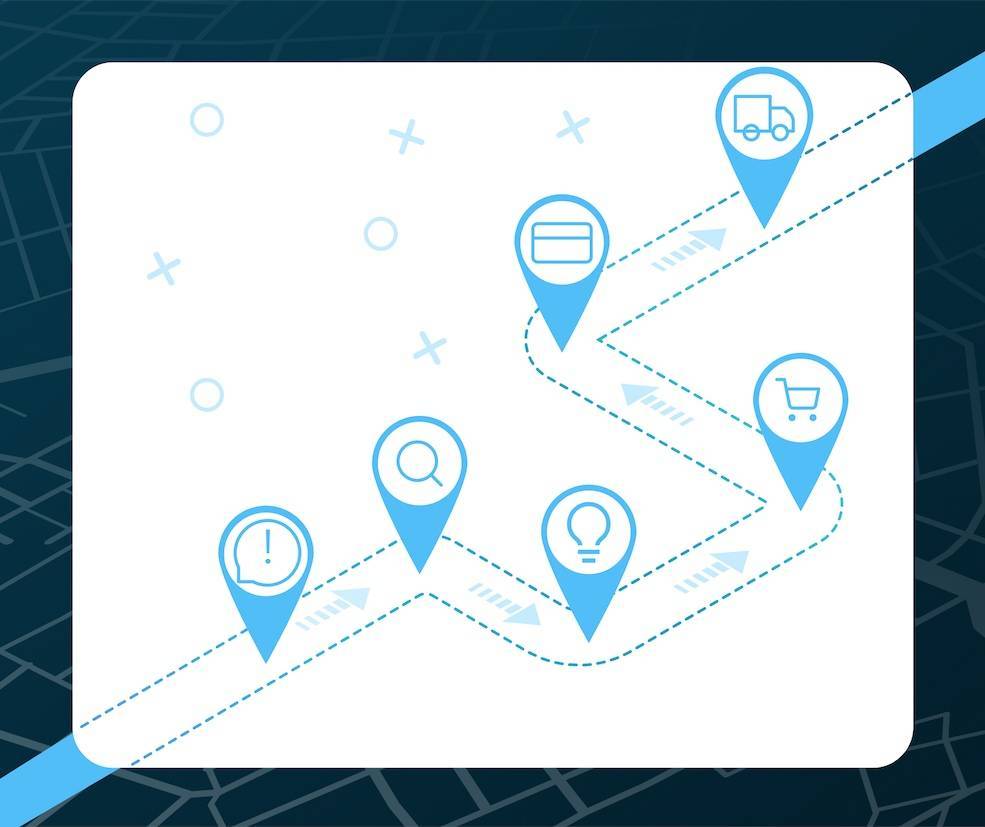
B2C customer journeys look slightly different than B2B
One of the main differences between B2B and B2C businesses is in their “intended customers.” B2B sells to businesses that may resell products, use directly, or incorporate into other products. B2C sells directly to the end consumer. Both kinds of businesses operate differently and offers unique benefits at each stage of their customer journeys.
Different Sales Cycles
In a B2B environment the buyer journey is a much longer sales cycle, varying from 1 month to 12 months or more. Decisions take longer and involve more stakeholders.
It’s essential to track these metrics, so that you know the true length of your B2B buyer journey and what drives your success. One of the most common mistakes companies make is assuming that customers move through your marketing and sales processes the way you might want and expect them to. Under such circumstances, you're at risk of measuring the internal perspective of your company, rather than the true experience of your customer.
The only way you can be absolutely sure that each channel, activity, and campaign is performing as intended is by creating a customer journey map that reflects reality, and attribute value to each touchpoint from the customer point of view. Without this, you’ll never be able to influence the customer journey effectively. B2B buying decisions are based on pain points and considerations that matter to each specific prospect and their relevant decision-makers as a group.
Unlike the B2B sales cycle, a B2C sales experience is far shorter, as decision-making typically resides in a single individual, while marketing and sales target campaigns at a large set of identical mass consumer markets. The B2C sales cycle is based on pain points and benefits relevant to more generic customer needs across multiple demographics.
Collaborations and Partnerships
By its very definition, B2B involves a business-to-business collaboration, where organizations work together for the common purpose of achieving business goals. Collaboration enables B2B companies to combine their core competencies with other organizations and deliver a superior product or service. Partnerships also allow B2B organizations to utilize combined resources and customize their solutions to match their clients' distinct goals and needs.
In contrast, B2C customers do not typically expect a need for partnership, consultation or deep customization of their solutions. They choose from options available, which are typically limited, yet serve the breadth of customer needs because they are based on research into the common needs or requests from past customers. No lengthy meetings or discussions between the customer and the business are necessary to arrive at a solution the consumer is willing to buy.
How Digital Supports B2B Customers
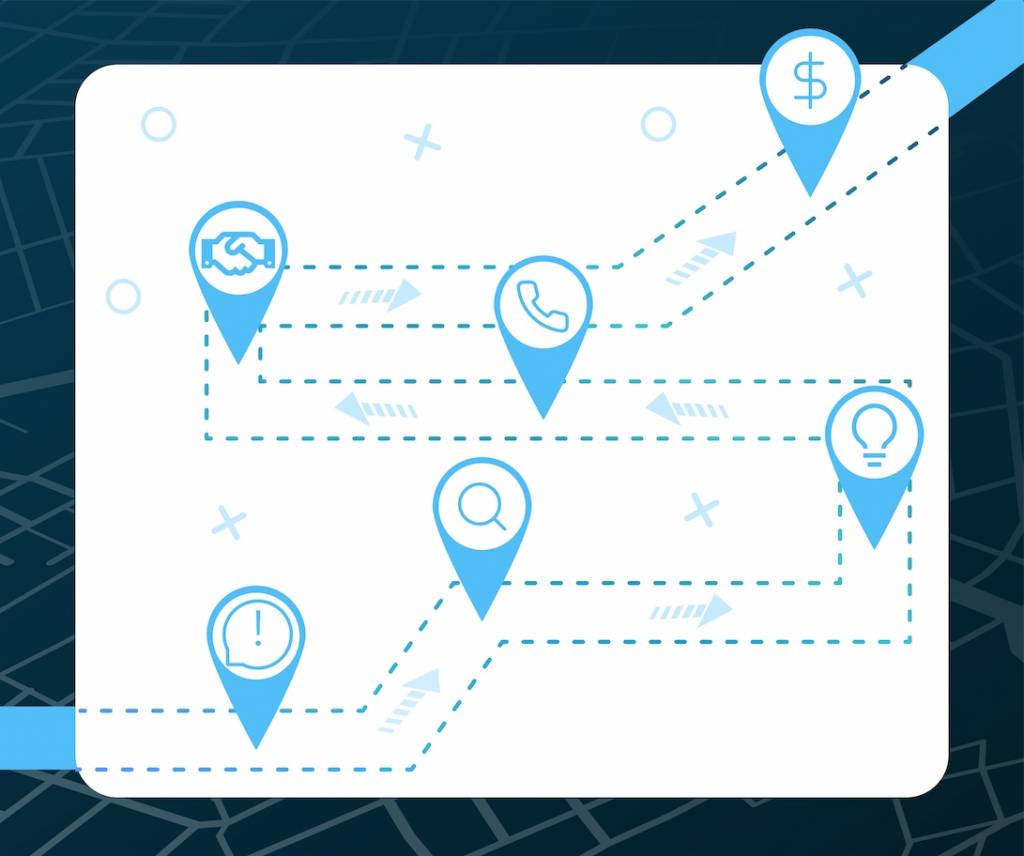
B2B customer journeys have different touchpoints than B2C
B2B and B2C marketing differ primarily in terms of our audiences and how we communicate to them. While B2C marketing focuses on quick solutions and enjoyable content, B2B marketing is more concerned with building relationships and proving a product's return on investment for a business customer as the sales process takes longer for closure.
Digital marketing supports the B2B customer journey over a continuous period of time that is much longer before the sales cycle is completed, compared to the B2C landscape where the customer journey is typically much shorter.
Here are examples of how digital marketing supports the B2B buyer’s journey at various stages:
Creating Awareness and Demand
Through digital marketing efforts, prospects become aware of a brand and its value proposition. The objectives are very similar between B2B and B2C by exploring where your audience are, and positioning your branding effectively in those places. There are multiple platforms to build awareness through the customer journey, but there will be differences in the conceptualization and execution of your awareness strategy.
For example, when you adapt an influencer marketing strategy in the B2C space, it is generally for a specific product or services. While the influencer marketing on a B2B platform is effective for the entire brand of the organization within the industry.
Audience intent is also an important yardstick in the customer journey that indicates why customers go to a certain place for information, like Facebook or LinkedIn. The general perception is that LinkedIn is the preferred choice for B2B marketing, while Facebook and Instagram are more suited for B2C marketing.
However, choosing one social network over another is not as important as simply having a visible presence wherever you can; in other words, even if I’m a B2B business and much more likely to find and attract customers on LinkedIn, being visibly active on Facebook has value if my audiences are there and see me there, even when they're not shopping for my goods or services.
Relationship Building and Nurturing
Having created brand awareness, the next logical step for B2B marketers is to focus on relationship building in the customer journey.
In the B2B environment, emails help to maintain relationships through newsletters, product information etc, to deliver emails automatically or manually via account managers. As the sales cycle is longer, active and passive relationship building earns trust–which leads to more loyal, long term customers over time.
However email also helps B2C companies by keeping the brand top of mind, while relationship building happens in quick bursts as the customer journey is shorter in the sales cycle.
Social media presence is also very important in the relationship building process, as it similarly aims to engage audiences over time for long-term relationship building.
Relationship Building and Nurturing
Based on awareness and the subsequent relationship building process, the final transaction or conversion cycle is also an important part of the overall digital strategy process.
For both B2B and B2C, emails providing transactional records give consumers buying confidence with receipts–plus they offer an opportunity for additional digital marketing.
Another important aspect of the customer journey is their presence on the web online. For both B2B and B2C, social can drive traffic to pages optimized for conversion. In the customer journey a B2C typically means ecommerce sites and for B2B, it typically means landing page supported by downloadable content that helps in transactions or conversions.
Post-Sale Products or Services
B2B solutions are expected to be flexible to accommodate different business models. By and large, B2B products and services are specific or extremely customized. Mostly they are in the niche market where the products and services are similar.
Digital interaction In B2B are through web functionality typically built for internal/private use by various client stakeholders through intranets, dashboards as a part of the product or services
B2C products are expected to be mass-produced, or only as personalized as is feasible for B2C at scale. Services are expected to be reliable and consistent but not customized generally
So in a B2C environment, web or social integration is often built into the product design for any customer to use and digital interaction is through web stores or smart home platforms as part of the sales/service cycle.
Generating Referral Business
The final step in the customer journey is to get qualified referrals through the digital channels. While the B2C customers are encouraged to share and advocate for your brand through social media, B2B clients can recommend you via email, or reviews/comments on industry journals or the company website. Industry leader testimonials have a proof of concept and value proposition.
Need Help Mapping B2B Customer Opportunities?
Once you fully understand your customer’s experience with your business, you can delight them at every stage in their buying journey. This can lead to explosive growth and the ability for your B2B business to thrive in an ever changing digital landscape.
Contact DBS to begin strategizing the factors that affect your customer experience, including possible pain points, opportunities, and how your brand’s digital marketing efforts can drive more prospects to your website and convert them into new leads and sales.
FAQs
The fundamental differences between B2B and B2C customer experiences is the supply of products needed, the manner of communication, the speed and complexity of the sales cycle, and the steps needed for prospective customers to cross the finish-line and become completed sales.
Customer journeys (also referred to as a “buyer journey”) map the various ways a potential customer can interact with your brand.[
The benefits of having a digital presence are:
- Creating awareness and demand
- Relationship building and nurturing
- Post-Sale products or services
- Generating referral business
